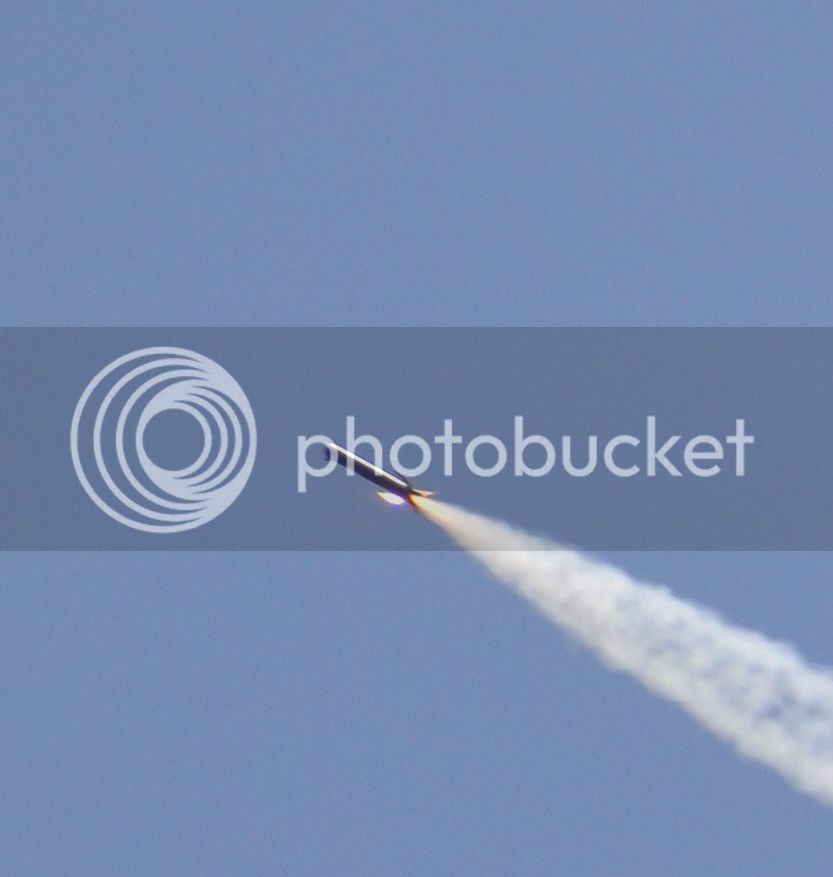BayouRat
Well-Known Member
I would really run a layer of full tip to tip. Easy to do.
I second that! Tip to tip would be best. Or at least across each valley and half way up each fin. Something to break up the harmonics of fin flutter.

I would really run a layer of full tip to tip. Easy to do.
I second that! Tip to tip would be best. Or at least across each valley and half way up each fin. Something to break up the harmonics of fin flutter.
To cause to flutter: "fluttering her bristly black lashes as swiftly as butterflies' wings" (Margaret Mitchell).
Just because they are bonded well won't mean they will not flutter and cause significant drag.
They can flip flap all they want. My point being with the attachment methods and reinforcment. Those fins aren't going anywhere.
Thats really not true... it's amazing how much more force is created when fins flutter, plus if they flutter enough the fin material will fail and break off even if the joint doesn't.
With some quick finsim analysis assuming basic clipped delta fins and 0.0625" CFRP (which any handmade CF most likely is neither as stiff nor strong) you get flutter values anywhere from M1.4 to M2.4, depending on the semi-span and overall fins size. Thats cutting it way to close IMHO. It's easy enough to thicken the plate to 0.1'' or 0.125" with some more layers of CF, so why not give yourself some safety margin?
Turns out the carbon plate I have is really 0.097" thick. I guess that's why I felt okay with it. I thought it was 0.0625" thick.
Still I wouldn't mind 1/16" thick. I've seen so much that it has led me to believe that I dont have to take it that far.
They can flip flap all they want. My point being with the attachment methods and reinforcment. Those fins aren't going anywhere.


I flew a 38 minimum to M-2.8 with 1/16 carbon plate fins only held on with fillets....no issue. 6xl I-max.
Put a spare set of BlackHawk 24 fins on a 38 thin wall tube.
Just curious, how did you get that rocket stable? I'm guessing the BH24 fins had a semi-span of less than 1.25" since they were on a 24mm rocket, and considering you hit M2.8 you must've weighed less than ~10oz, which leaves no room at all for nose weight, which overall would seem to put you way unstable very quickly even with the electronics in the NC.


Pretty good ciphering.... it weighted 9.6oz. Back then the 24 & 29mm BH's had the same size fins, they were actually for the 29mm
I did this in 3 days just trying to prove a point, guess I was lucky [+ Open Rocket said it would be stable...for what that's worth]
Used the Raven Av-bay.
View attachment 268979 View attachment 268980
No worries about the hijacking fellas. We are all having a legit conversation about fin flutter.
Clear Lacquer will make that Carbon Plate glow!!



Those shoes man, those shoes.
Those shoes man, those shoes.
WoW...the soles have a nice wedge air-foil!
I don't think your fins are large enough, or thick enough to benefit very much at all from a true airfoil. I would just stick to nice beveling job.
With out a CNC you will drive yourself nuts, for little reward.
It's for you to decide however.
Those shoes man, those shoes.
WoW...the soles have a nice wedge air-foil!
I don't think your fins are large enough, or thick enough to benefit very much at all from a true airfoil. I would just stick to nice beveling job.
With out a CNC you will drive yourself nuts, for little reward.
It's for you to decide however.
Enter your email address to join: